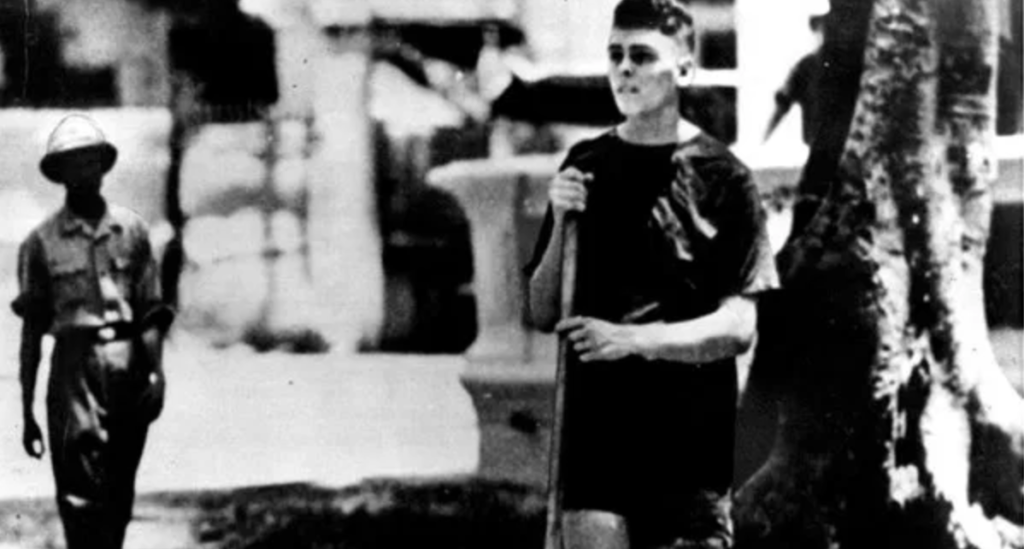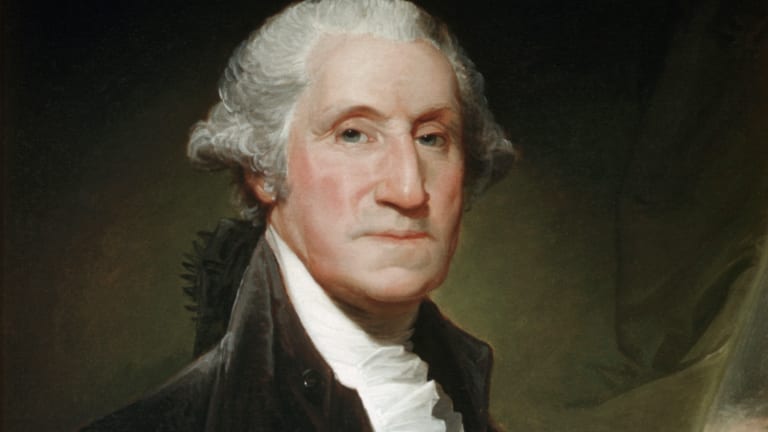When we hear tales of POWs from the Vietnam War era, they are often marked by gruesome torture, back-breaking labor, and unimaginable hardship.
However, for one POW named Doug Hegdahl, his time in a North Vietnamese prison camp was much easier.
His ability to fake ignorance about military information, coupled with a remarkable memory, not only shielded him from the hard life of a prisoner of war, but also helped rescue over 500 of his fellow soldiers.
In this article, we will explore the circumstances of Doug Hegdahl’s capture and his survival strategies that would make him a legend of the Vietnam War.

Early Life and Deployment to Vietnam
Doug Hegdahl III was born in Clark, South Dakota on September 3, 1946. He enlisted in the Navy in 1966 at the age of 19.
During the time of his enlistment Vietnam had become a focal point in the Cold War and the fight against the spread of communism. Congress had recently signed the Gulf of Tonkin Resolution and the U.S. commitment to supporting South Vietnam was escalating rapidly.
Hegdahl was soon deployed to Vietnam onboard the USS Canberra. This was a guided missile cruiser that provided naval gunfire support and surveillance against North Vietnamese forces.
On the early morning of April 6th, 1967, the USS Canberra was patrolling the waters of the gulf when Hegdahl came up on deck for some fresh air. What happened next is not exactly clear.
Some reports say that Hegdahl was trying to retrieve his hat when he fell into the water. Other versions say that the concussion of a missile being fired nearby knocked him into the water.
Perhaps the concussion of the missile launch knocked the hat from his head and he fell in the water trying to get it. Whatever the case, Hegdahl fell into the Gulf of Tonkin as his ship steamed away, leaving him stranded.
He managed to stay afloat for several hours until North Vietnamese fishermen eventually found and rescued him. Despite being an enemy combatant, the fishermen displayed unexpected kindness and compassion for him.
Hegdahl was reported missing when he failed to appear at the 11:30 muster. After searching the ship twice, he was officially listed as “missing as a result of being lost at sea.”
Later that same day, the fishermen who rescued him handed Hegdahl over to the North Vietnamese forces. He tried to explain to them the circumstances of his falling into the water but they didn’t buy it.
They thought he was a spy or a commando on a secret mission. Sensing he could be very valuable to them, the North Vietnamese took him to the infamous Hanoi Hilton prison camp for interrogation.
Capture and Life in the Prison Camp
After being moved to the prison camp, his captors had the idea that they could flip him. They wanted to use him for their propaganda campaign to rally support for their cause.
They pressured him to write disparaging statements against the United States and the perils of democracy. Hegdahl agreed but pretended that he could not read or write.
He started talking in a thick country accent to make himself sound dumb and illiterate. He took some beatings as they tried to break him but he stuck with the charade for several days.
Eventually, his captors started to believe that he really was just a stupid backwoods kid.
Fooling his Vietnamese interrogators, they believed they had a simpleton on their hands and could sway him to their side. They assigned someone to teach Hegdahl to read and write in Vietnamese but Hegdahl continued to play dumb.
After a few weeks, the teacher quit in frustration and Hegdahl was declared incompetent. The trick seemed to have worked. The Vietnamese gave up on him and gave him the nickname “The Incredibly Stupid One.”
Hegdahl soon found himself enjoying special privileges within the confines of the prison camp that must have made the other prisoners envious. Because he was thought of as harmless, he had free reign of the camp.

He was treated with kindness by the staff of the camp and looked upon like the company dog. Little did the enemy know that Hegdahl was not “incredibly stupid” but actually incredibly smart. He took advantage of his newly acquired freedom to observe and gather information about the conditions and activities within the prison.
Assisted by an American Air Force officer, Doug Hegdahl memorized crucial details about over 250 U.S. prisoners of war, including names, personal information, and capture dates. In order to memorize so much information, he sang it to the tune of “Old MacDonald Had a Farm”.
He even convinced his captors that he needed new glasses. When the soldiers took him into Hanoi to be fitted he paid careful attention to the route that they took.
Release and Aftermath
After two years of gathering information inside the prison camp, the North Vietnamese decided to release three POWs for propaganda purposes. Hegdahl was considered a low-value captive and was chosen to be one of the prisoners to be released.
At first, Hegdahl refused to go because of a pledge they all made that they would either all be released or none at all. But his fellow prisoners urged him to go and tell the world about their situation and get them out.
On August 5, 1969, Hegdahl was turned over to Allied forces. He promptly shared a trove of vital details with U.S. military officials.
In 1970 he was given the opportunity to attend the secret Paris Peace Talks where confronted North Vietnam’s negotiators. He exposed their lies about the treatment of POWs.
His direct confrontation contributed to the pressure that eventually led to an agreement for the release of American prisoners. The process took time, but on February 12, 1973, the first POWs were released.
By late March of the same year, all 591 had regained their freedom thanks to the ingenious abilities of one man who outwitted his captors.
References
Tonkin Gulf Resolution (1964)
https://www.archives.gov/milestone-documents/tonkin-gulf-resolution
The brilliantly ‘stupid ‘ American POW
The incredibly stupid one
https://www.wearethemighty.com/popular/amazing-pow-douglas-hegdahl/

